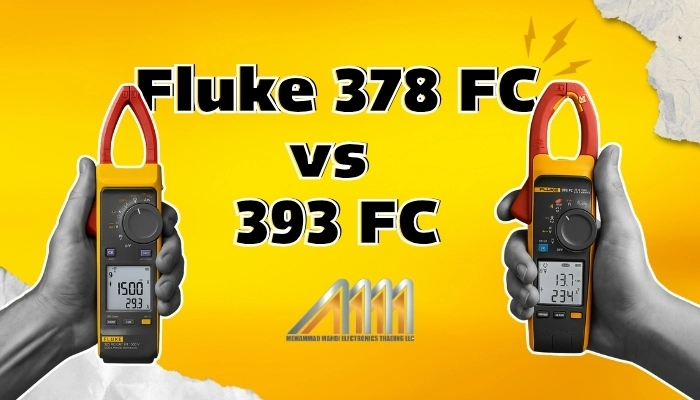
testo 835-T2 – High Temperature IR Thermometer
$2,361.00 (excl.VAT)Hioki IR4056-20 Insulation Tester
$0.00 (excl.VAT)Megger Mit525 UK Insulation Resistance Tester
$0.00 (excl.VAT)Megger MIT2500 Insulation Tester
$0.00 (excl.VAT)Megger MIT430/2 Insulation Tester
$0.00 (excl.VAT)FLIR TG165-X Thermal Camera
Top 10 Measuring Tools for Electrical Engineers in 2024

Accuracy is critical in electrical engineering. Accurate measurement of electrical parameters can distinguish between project success and potential disaster. Over the years, the tools available to electrical engineers have advanced significantly, becoming more precise and easier to use.
Introduction to Best measuring tools for electrical engineers 2024
As we enter 2024, let’s take a look at the top 10 measuring tools that are essential for every electrical engineer’s toolkit.
1-multimeter
Multimeters are the workhorses of electrical measurement. Whether you’re a seasoned professional or a beginner, a multimeter is indispensable. There are two types: analog and digital. Digital multimeters (DMMs) are more popular due to their precision, ease of reading, and additional features like auto-ranging. Analog multimeters, on the other hand, are still favored in certain applications for their ability to display trends smoothly. These versatile tools can measure voltage, current, resistance, and, in more advanced models, other parameters such as capacitance and frequency.
Among digital multimeters, the Marmonix TS97 stands out as a precise and versatile instrument. It is designed to measure key parameters such as voltage, current up to 20A, resistance, capacitance, temperature, and frequency. Equipped with advanced features like True RMS, continuity testing, non-contact voltage detection (NCV), and a dual analog/digital display, it offers reliability and ease of use. These capabilities make the TS97 a dependable choice for electricians and engineers handling professional electrical measurement tasks.
2-Non-contact voltage tester (voltage Detector)
Non-contact voltage testers are essential tools for electricians, offering a secure and efficient way to detect electrical currents without direct contact. This approach reduces risk and increases speed in electrical testing tasks. Measuring voltage without test leads saves time and enhances safety.
A great example of a reliable electrical tester is the Testo 755-2. This compact and rugged instrument is designed to measure both AC/DC voltage up to 1000 V and AC current up to 200 A using an open-jaw design, eliminating the need to break the circuit. It features automatic parameter detection, allowing it to instantly identify whether you’re measuring voltage, continuity, or current—making it incredibly user-friendly. Additional highlights include phase sequence testing, built-in flashlight for dark environments, and IP64-rated protection, making the Testo 755-2 a smart choice for professionals who need speed, safety, and versatility in one tool.
3-Clamp meter
Clamp meters provide a convenient and safe way to measure current without having to disconnect the circuit. They are particularly useful in industrial settings where high currents are common. Unlike traditional multimeters, clamp meters can measure current by clamping around a conductor, offering the advantage of non-intrusive measurement. This feature makes them indispensable for quick diagnostics and routine maintenance, enhancing the safety standards in electrical work.
For example, the Megger DCM310 Digital Clamp Meter is a compact and reliable tool designed for quick AC current measurements up to 400 A without breaking the circuit. With a clamp jaw that accommodates conductors up to 27 mm in diameter, it’s ideal for use in tight panels and crowded installations. The device includes useful features like Data Hold and Max Hold, allowing electricians to capture and retain key readings with ease. Built with CAT III 600 V safety rating and a rugged housing that withstands drops from up to 1.2 meters, the DCM310 is a smart, durable choice for technicians who need accurate current measurements in demanding environments.
4 -oscilloscope
Oscilloscopes are essential tools for observing the precise waveforms of electrical signals. Modern variants, such as Digital Storage Oscilloscopes (DSOs) and Mixed Signal Oscilloscopes (MSOs), offer high bandwidth and sample rates, making them indispensable for signal analysis and troubleshooting complex circuits. DSOs excel at storing and analyzing signals, while MSOs combine these features with the ability to capture and analyze digital signals, providing a comprehensive view of both analog and digital circuits.
A great example of modern oscilloscope technology is the GW Instek GDS-310 handheld digital oscilloscope. Built for tough environments, this portable instrument features a 100 MHz bandwidth and a real-time sampling rate of 1 GSa/s, allowing for accurate capture of fast-changing electrical signals. Its intuitive 7-inch LCD touchscreen supports both vertical and horizontal display modes, while the deep memory of 5 Mpts ensures detailed waveform analysis. With a built-in 50,000-count multimeter and the ability to store up to 30,000 waveform records, the GDS-310 offers a versatile, all-in-one solution for engineers and technicians who need reliable signal diagnostics in the field. USB and Wi-Fi connectivity further enhance its practicality, making it a powerful tool for professional troubleshooting and maintenance tasks.
5-insulation testers
Insulation testers are used to ensure the insulation of electrical systems is intact and effective. This is crucial for preventing electrical shocks and ensuring the longevity and reliability of electrical installations. Insulation testing involves applying a high voltage to measure the resistance of the insulation, ensuring it can handle operational stresses.
A powerful example of high-voltage insulation testing is the Megger MIT1525. This advanced instrument delivers insulation resistance measurements up to 30 TΩ with test voltages ranging from 250 V to 15 kV, making it ideal for high-voltage equipment diagnostics. It features multiple test modes including timed IR, PI, DAR, and step voltage, with onboard memory and USB data export for streamlined reporting. Built for industrial environments, the MIT1525 offers rugged IP65 protection, fast lithium battery charging, and reliable performance even at altitudes up to 3000 m—making it a top-tier tool for serious insulation analysis.
6-Earth ground tester
Ground Resistance Testers are vital for ensuring proper grounding in electrical installations. These modern testers offer various testing methods, such as fall-of-potential and selective testing, along with advanced data management capabilities to enhance accuracy and efficiency.
One exemplary device is the Megger DET3TD Earth Resistance Tester, designed for reliable 3-point ground testing in challenging environments. Unlike clamp meters, the DET3TD uses auxiliary test spikes to deliver accurate ground resistance measurements—ideal for new installations, remote sites, or areas requiring formal verification. It offers a simple rotary switch for easy operation, a large backlit display for visibility in low light, and CAT IV 100V safety rating. Compact, rugged, and IP54-rated, the DET3TD is built for outdoor use and delivers trustworthy performance in both soft and hard ground conditions, making it a go-to tool for grounding system checks.
7- Cable Testers
A cable locator, often referred to as a cable finder or underground utility locator, is a device engineered to detect and trace the paths of underground cables and pipes. These tools are crucial for ensuring safety and precision in various tasks, such as excavation, construction, and utility maintenance.
One exemplary model is the Megger MCT105 Cable Locator, a professional tool built for accurate cable tracing in a variety of environments. It is designed to locate cables in walls, floors, and underground, and is particularly effective at identifying breaks, short circuits, and locating fuses or circuit breakers on final circuits. The MCT105 features a transmitter and receiver with adjustable sensitivity, enabling precise detection even in complex wiring systems. With its clear visual and audible indicators, the MCT105 simplifies troubleshooting tasks and helps electricians work safely and efficiently across both live and de-energized installations.
8-battery analyzer
A battery analyzer is a crucial device used to evaluate the condition and performance of batteries by measuring parameters such as voltage, current, resistance, and capacity. This assessment helps determine the health and efficiency of batteries, making it invaluable in industries like automotive, telecommunications, and electronics. By predicting the remaining lifespan of batteries and ensuring they are functioning correctly, battery analyzers help prevent unexpected failures and maintain the reliability of battery-powered systems.
An outstanding example of such a device is the Megger BITE3 Battery Impedance Tester. This advanced instrument is designed for on-site testing of battery health by measuring internal impedance, voltage, and intercell connection resistance—without taking the system offline. The BITE3 provides fast and accurate diagnostics for lead-acid and nickel-cadmium battery systems, making it ideal for critical backup power applications in utilities, data centers, and telecom. With onboard memory, PC software for trend analysis, and easy-to-interpret results, the BITE3 helps maintenance professionals detect weak cells early and ensure long-term battery reliability.
9- phase rotation indicator
A phase rotation indicator, also known as a phase sequence indicator or phase tester, is an essential tool for identifying the phase sequence (or phase rotation) of a three-phase electrical system. Knowing the phase sequence is crucial for ensuring the correct operation of three-phase equipment, such as motors, generators, and transformers, as incorrect phase rotation can cause equipment malfunction, damage, or inefficiency.
The MARMONIX MVD-335 Pro Wireless High Voltage Phase Detector is a reliable and advanced tool for detecting phase rotation in high-voltage three-phase systems. Designed for contactless detection from a safe distance, it supports voltage ranges from 1kV to 132kV, making it suitable for substations, transmission lines, and industrial power systems. With wireless communication between sensors and the main unit, the MVD-335 Pro offers clear visual and audible indications of phase sequence, enhancing safety and efficiency. Its rugged design, strong magnetic clamps, and wide operating range make it an essential instrument for electrical professionals working in high-voltage environments.
10- power quality analyzer
A power quality analyzer is an essential device for measuring and monitoring the quality of electrical power within a system. It identifies issues such as voltage sags, swells, transients, harmonics, and imbalances that can negatively impact the performance and reliability of electrical equipment. These analyzers are crucial for industries requiring stable and clean power, including manufacturing, data centers, and utilities.
The Megger PMM-1 Power Multifunction Measuring Instrument is a high-performance device designed for comprehensive monitoring and analysis of three-phase power systems. It supports real-time measurement of key parameters such as voltage, current, power (active, reactive, apparent), power factor, frequency, and energy. With advanced harmonic analysis, data logging capabilities, and event recording, the PMM-1 helps identify issues like voltage imbalances, distortions, and load fluctuations. Its intuitive interface, robust memory, and USB/RS485 communication make it a reliable choice for energy audits, troubleshooting, and long-term power quality studies in industrial and commercial environments.
Conclusion
The right measuring tools are critical for the success and safety of any electrical engineering project. From multimeters to infrared thermometers, each tool serves a specific purpose and provides unique benefits. As technology continues to advance, these tools are becoming more sophisticated, offering greater accuracy and functionality. By staying updated with the latest measuring tools, electrical engineers can ensure they are equipped to tackle the challenges of modern electrical systems.
About the Author :

I’m Mahboubeh Jahebi, a content writer and SEO expert with over 5 years of experience in industrial equipment and precision measurement technologies. I’ve worked with international brands and contributed to the content strategy of Mohammad Mahdi Electronics (MME), a leading supplier of test instruments in the Middle East.












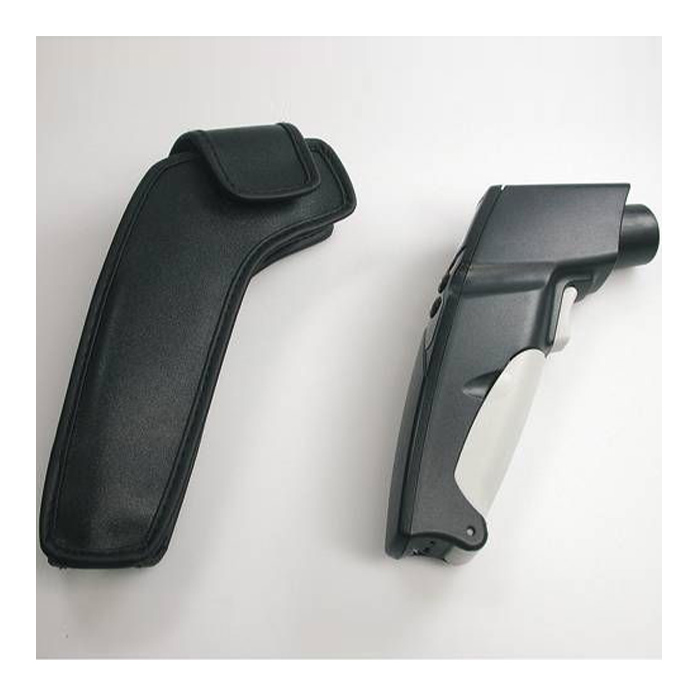
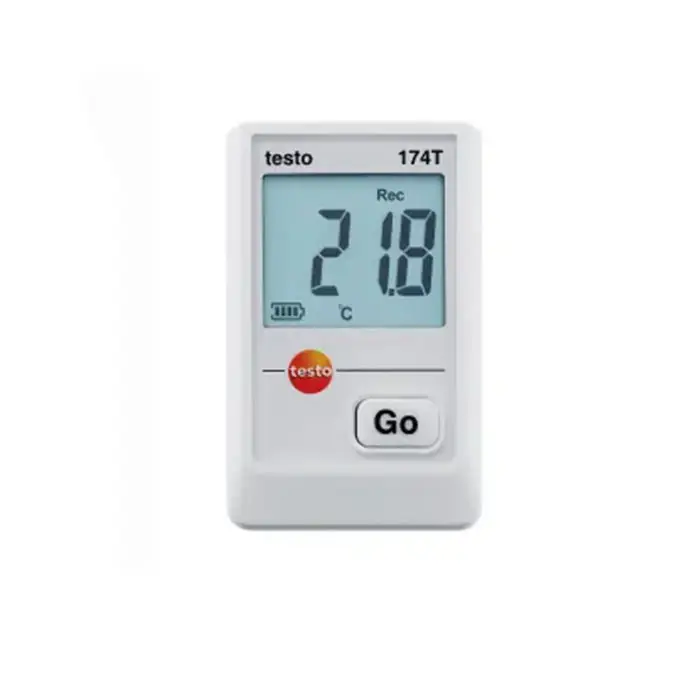
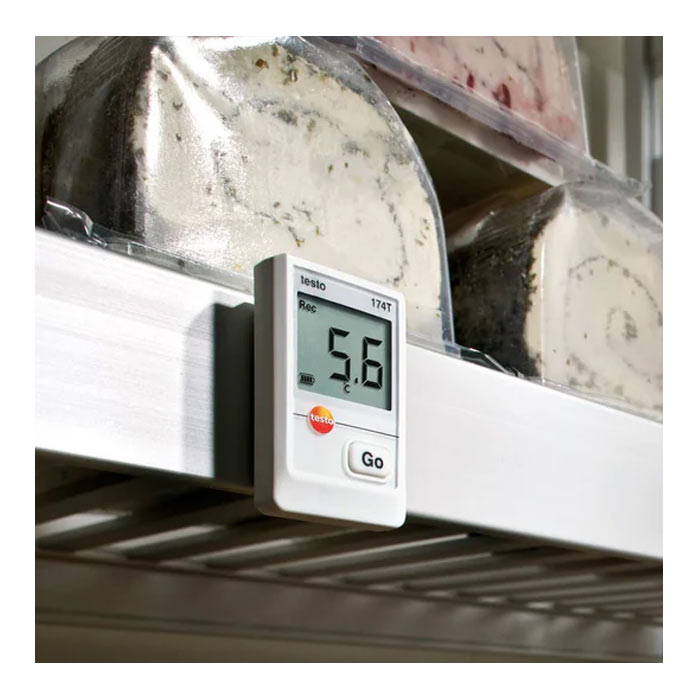


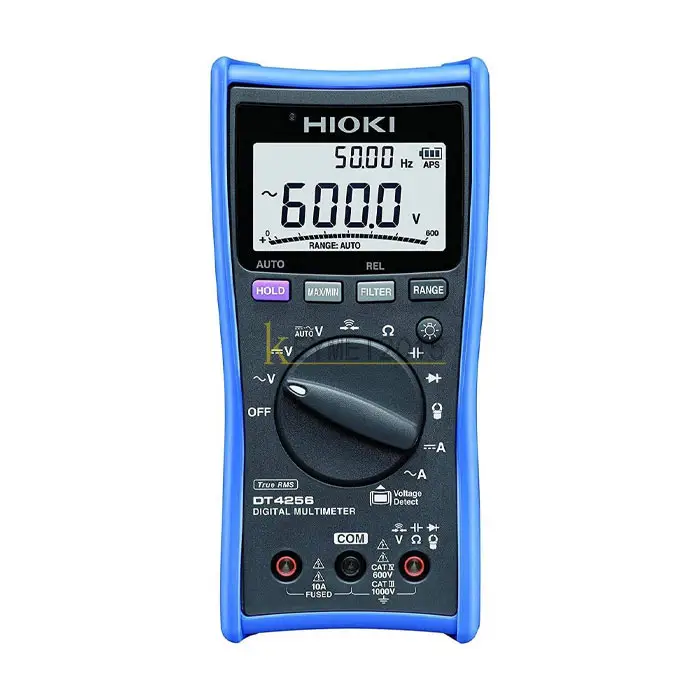
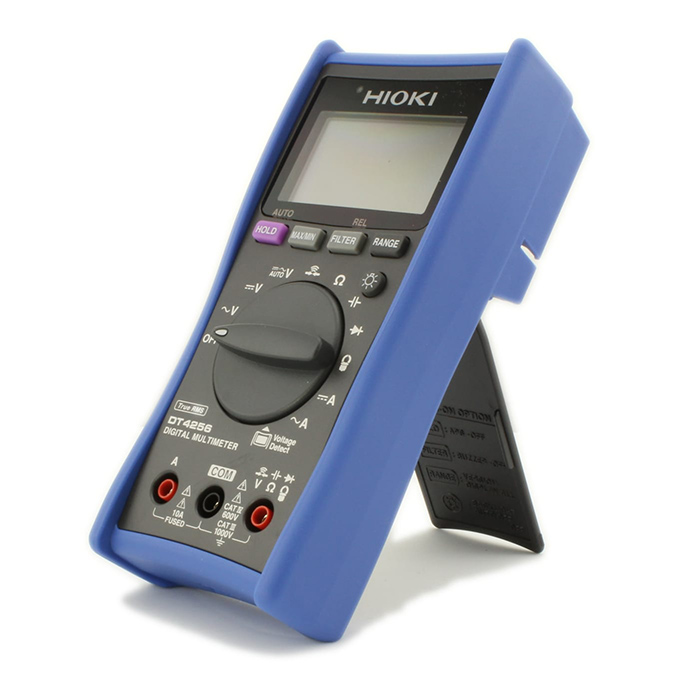
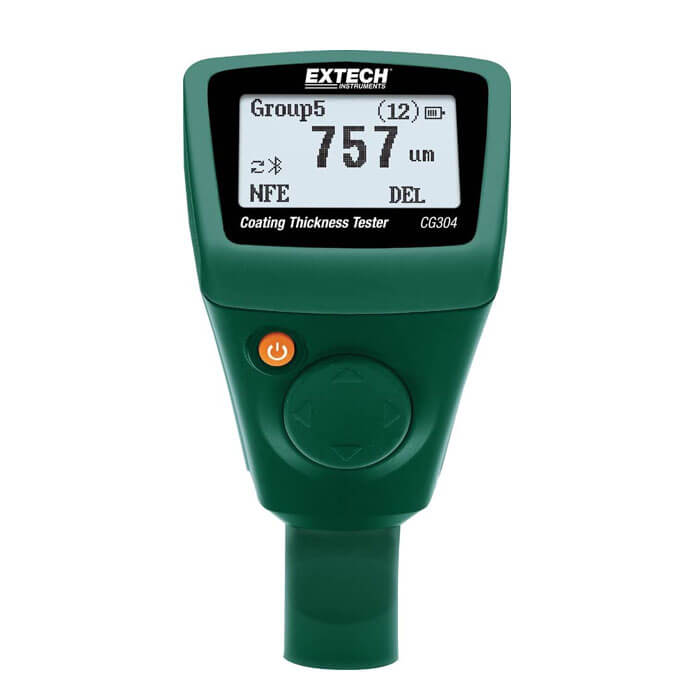
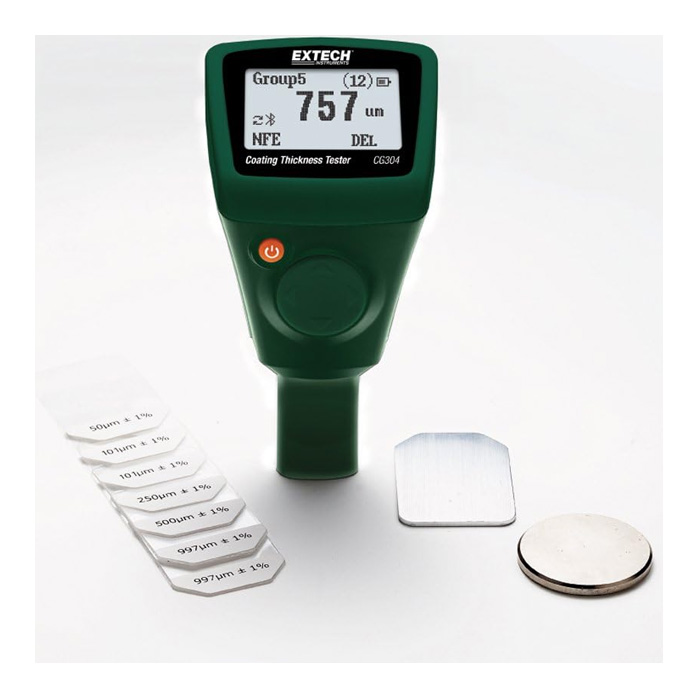








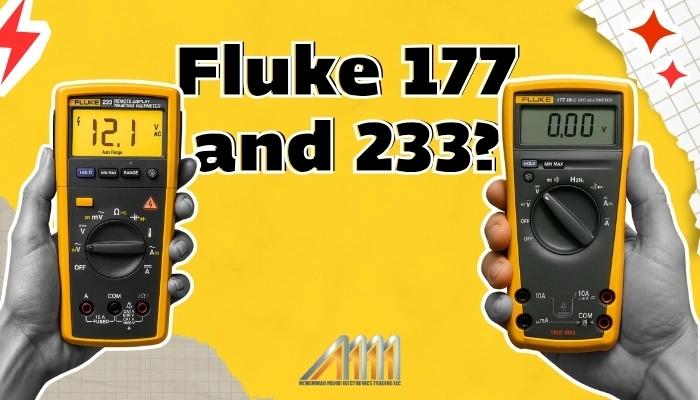
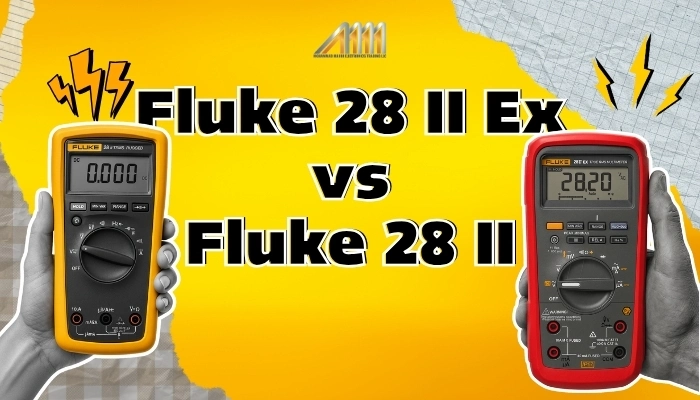

 Bench Multimeters
Bench Multimeters